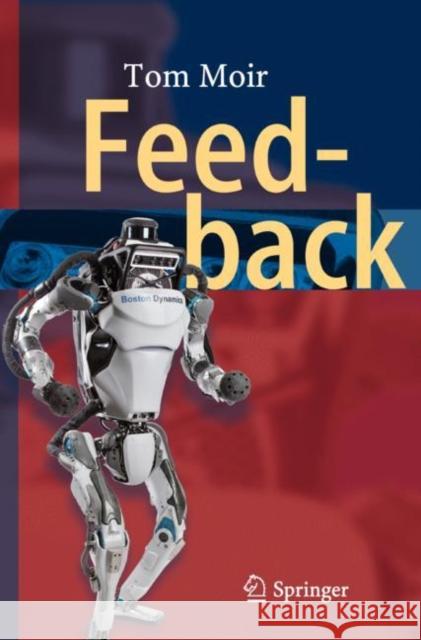Feedback » książka
topmenu
Feedback
ISBN-13: 9783030348410 / Angielski / Miękka / 2021 / 471 str.
Feedback
ISBN-13: 9783030348410 / Angielski / Miękka / 2021 / 471 str.
cena 241,50
(netto: 230,00 VAT: 5%)
Najniższa cena z 30 dni: 231,29
(netto: 230,00 VAT: 5%)
Najniższa cena z 30 dni: 231,29
Termin realizacji zamówienia:
ok. 22 dni roboczych
Dostawa w 2026 r.
ok. 22 dni roboczych
Dostawa w 2026 r.
Darmowa dostawa!
Kategorie:
Kategorie BISAC:
Wydawca:
Springer
Język:
Angielski
ISBN-13:
9783030348410
Rok wydania:
2021
Wydanie:
2020
Ilość stron:
471
Oprawa:
Miękka
Wolumenów:
01











